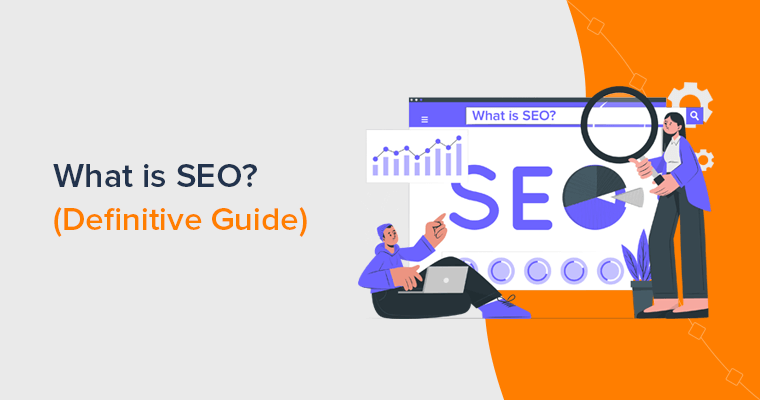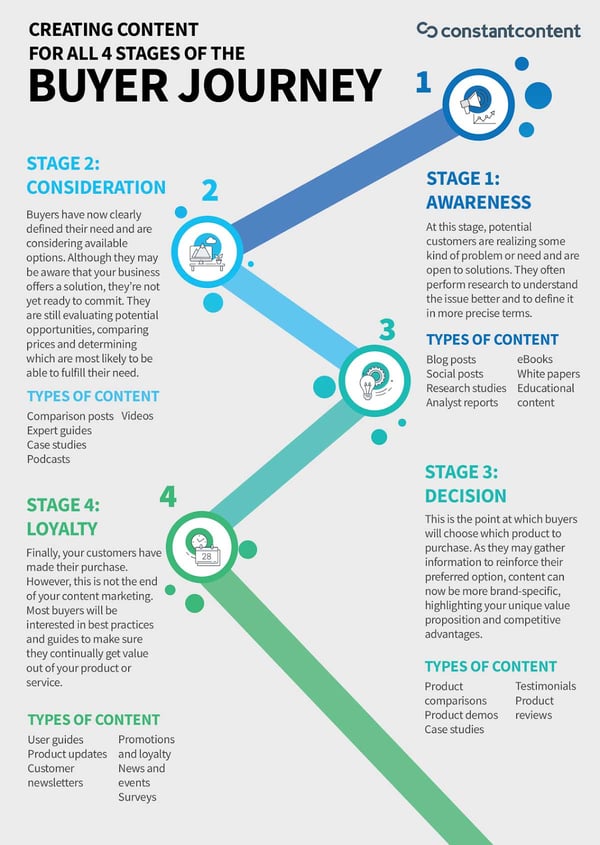Unravel the mysteries of cloaking in SEO and discover how this controversial practice can impact your website’s search rankings.

Image courtesy of via DALL-E 3
Table of Contents
Search Engine Optimization, or SEO in short, is like a secret recipe that websites use to get noticed by search engines like Google. Imagine you have a treasure map, and SEO helps search engines find your treasure, which is your website. But there’s a tricky technique in the world of SEO called cloaking that some websites use.
What is SEO?
SEO stands for Search Engine Optimization. It’s all about making your website more visible on the internet. Think of it as a superpower that helps your site show up when people search for things online.
What is Cloaking?
Cloaking is like wearing an invisibility cloak, just like in your favorite wizarding stories. In the world of websites, it means showing different things to search engines than what real visitors see. It’s like playing a sneaky game to trick search engines into giving you a higher ranking.
Why is Cloaking Controversial?
Some people think cloaking is like cheating in a game. They believe that websites should show the same content to everyone, whether it’s a search engine or a real person. Search engines, like champions of fairness, have rules to stop websites from playing this sneaky game.
Types of Cloaking
IP Cloaking
IP cloaking is a method used by websites to show different content based on the visitor’s IP address. This means that when someone visits a site, the content they see may vary depending on where they are located. For example, a website could display specific promotions or offers to visitors from certain regions or countries. This technique is often used to personalize the user experience and target specific demographics.
User-Agent Cloaking
User-Agent cloaking involves displaying different content based on the visitor’s browser or device. Websites can detect the type of device or browser accessing their site and tailor the content accordingly. For instance, a website may show a mobile-friendly version to users on smartphones or tablets, while desktop users see a different layout. User-Agent cloaking is aimed at optimizing the user experience for different devices and ensuring that visitors can easily access and navigate the site.
Why Websites Use Cloaking
In the world of websites and search engines, some site owners may use a technique called cloaking. Let’s take a closer look at why websites choose to use this practice.
Improve Rankings
Sometimes, websites want to appear higher in search engine results to get more visitors. By using cloaking, these sites may show different content to search engines than to regular visitors. This can trick search engines into thinking a website is more relevant for certain keywords, potentially boosting its ranking.
Show Different Content
Website owners might also use cloaking to display specific content to search engines based on what they think those engines are looking for. By tailoring content this way, websites can try to attract more traffic.
Why Cloaking is Risky
When websites use cloaking to deceive search engines, they risk facing penalties. These penalties are like getting a time-out for breaking the rules. Search engines can lower the website’s rankings, making it harder for people to find them. Imagine your favorite book being hidden on the last shelf of the library where no one can see it!

Image courtesy of www.elliance.com via Google Images
Getting De-Indexed
If a website continues to use cloaking even after being penalized, they may face a more severe consequence known as de-indexing. Being de-indexed is like being kicked out of the library – your book will no longer show up in the search engine results. This can be a big loss for websites, as they lose the chance to be seen by people looking for them.
Examples of Cloaking
Cloaking can be as simple as hiding text on a website that only search engines can see. Imagine a website about cats that wants to rank higher on Google. The website might include hidden keywords like “cute cats” or “kitten videos” in white text on a white background. Users visiting the site wouldn’t see this text, but search engines would. This tricks the search engine into thinking the site is more relevant for those keywords.
Example 2: Hidden Links
Another common example of cloaking involves hiding links on a website. These links are invisible to users but are present in the code that search engines read. For instance, a website selling shoes might include hidden links to other shoe websites to boost their ranking. When users visit the site, they won’t see these links, but search engines will. This deceptive practice can artificially inflate a site’s popularity in the eyes of search engines.
Ethical SEO Practices
One of the most important ethical SEO practices is creating high-quality content. This means creating content that is valuable, relevant, and engaging for your website visitors. Search engines like Google prioritize websites that provide useful information to their users. By focusing on creating quality content, you can improve your search engine rankings without resorting to deceptive practices like cloaking.

Image courtesy of texta.ai via Google Images
Keywords and Tags
Using the right keywords and tags is another ethical way to improve your SEO. Keywords are the words or phrases that people use to search for information online. By properly incorporating relevant keywords into your content and meta tags, you can help search engines understand what your website is about and improve your visibility in search results. This approach is more transparent and beneficial in the long run compared to cloaking, which can lead to penalties and damage your website’s reputation.
Tools to Detect Cloaking
One simple tool to detect cloaking on a website is through the use of browser extensions. These extensions can be easily added to your web browser and help in identifying if a website is showing different content to search engines compared to regular visitors. By installing these extensions, users can quickly check if any cloaking techniques are being employed.
Webmaster Tools
Another valuable resource to detect cloaking is through the webmaster tools provided by search engines. Platforms like Google Search Console offer features that allow website owners to monitor how their site is performing in search results. By utilizing these tools, webmasters can spot any discrepancies in the content displayed to users versus search engines, indicating potential cloaking practices.
Conclusion
In this article, we’ve delved into the murky world of cloaking in SEO. We started by exploring the fundamental concepts of SEO and how websites use cloaking to manipulate search engine results. We then examined the different types of cloaking techniques, such as IP cloaking and User-Agent cloaking, and discussed why websites resort to these methods.

Image courtesy of www.cyberclick.net via Google Images
We also shed light on the risks associated with cloaking, from receiving penalties from search engines to the possibility of getting de-indexed and disappearing from search results altogether. By providing practical examples of text cloaking and hidden links, we illustrated how this practice can be implemented in real-life scenarios.
However, it’s crucial to understand the importance of ethical SEO practices. Creating quality content and using appropriate keywords and tags can significantly improve your website’s search engine rankings without resorting to cloaking. By sticking to ethical strategies, you can build a sustainable online presence while avoiding the pitfalls of cloaking.
It’s essential to be aware of the tools available to detect cloaking, such as browser extensions and webmaster tools. These resources can help you ensure that your website remains compliant with search engine guidelines and free from any cloaking practices.
Ultimately, the decision to cloak or not to cloak comes down to a choice between short-term gains and long-term sustainability. By understanding the risks and consequences associated with cloaking and embracing ethical SEO practices, you can establish a reputable online presence that stands the test of time.
Want to turn these SEO insights into real results? Seorocket is an all-in-one AI SEO solution that uses the power of AI to analyze your competition and craft high-ranking content.
Seorocket offers a suite of powerful tools, including a Keyword Researcher to find the most profitable keywords, an AI Writer to generate unique and Google-friendly content, and an Automatic Publisher to schedule and publish your content directly to your website. Plus, you’ll get real-time performance tracking so you can see exactly what’s working and make adjustments as needed.
Stop just reading about SEO – take action with Seorocket and skyrocket your search rankings today. Sign up for a free trial and see the difference Seorocket can make for your website!
Frequently Asked Questions (FAQs)
Is Cloaking Illegal?
Cloaking itself is not illegal, but it is considered against the rules of search engines. Search engines like Google have specific guidelines that they expect websites to follow, and using cloaking techniques to deceive these search engines can result in penalties.
Can Cloaking Get My Website Banned?
Yes, cloaking can potentially get your website banned from search engine results. Search engines want to provide users with accurate and relevant information, so if they detect cloaking on a website, they may impose penalties like lowering its rankings or even removing it from search results altogether.
What Should I Do If I Have Been Penalized?
If your website has been penalized for using cloaking techniques, the first step is to stop the practice immediately. Next, review the guidelines provided by the search engine that penalized you and make the necessary changes to comply with their rules. It’s essential to focus on creating quality, user-friendly content and following ethical SEO practices to avoid further penalties.







